Digital Mourning After Stillbirth
The New York Times had a piece last week on the formation of accidental ritual in the form of YouTube videos after a stillbirth. It’s a form of connection and mourning that didn’t exist even ten years ago and is now an outlet for parents processing grief.
Findings from research into these videos after a stillbirth found:
[They] average about 5.5 minutes. And they tend to follow a familiar script. The first section shows happy scenes and color images of the pregnant mother, everybody smiling. Midway through, tragic news comes as a shock, symbolized with an abrupt change to black and white. This second section tends to include religious imagery, photos of the stillborn baby, and a mournful song, often one with lyrics about child loss.
And by following that loose script, the video becomes a crucial (and depending on your culture, missing) ritual: “The repetitive nature of a ritual imbues it with social meaning, which is larger than an individual.” It’s cathartic for the creator, and it’s cathartic for the viewer as a place to set their own grief, either due to their own stillbirth or because they have a connection to the video creator. “YouTube has become a kind of virtual cemetery for parents experiencing stillbirth.”
I love that the article also points out that the video becomes a way to mark a life, not just a death. “This also helped the Fishers to convey their loss to loved ones. ‘I think without the video it may have been more difficult for people to comprehend that she was here,’ said Ms. Fisher.”





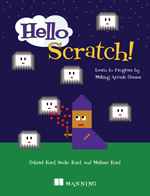
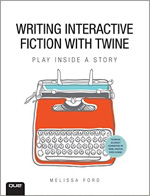
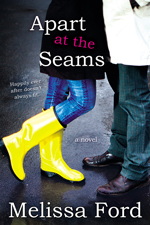
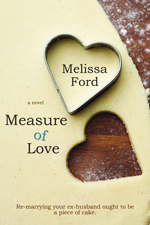
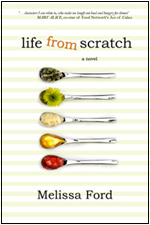
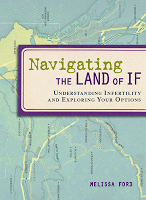


2 comments
The findings are interesting to me, but still so hard to wrap my mind (heart?) around.
I don’t see that it’s any different really to any of our blogs. It’s a different medium, but is a way to acknowledge the life and death of their child, of their hopes and dreams. And anything that allows the parents to grieve, when society so often wants to pretend that they didn’t lose anything, is an important part of their grief and healing.